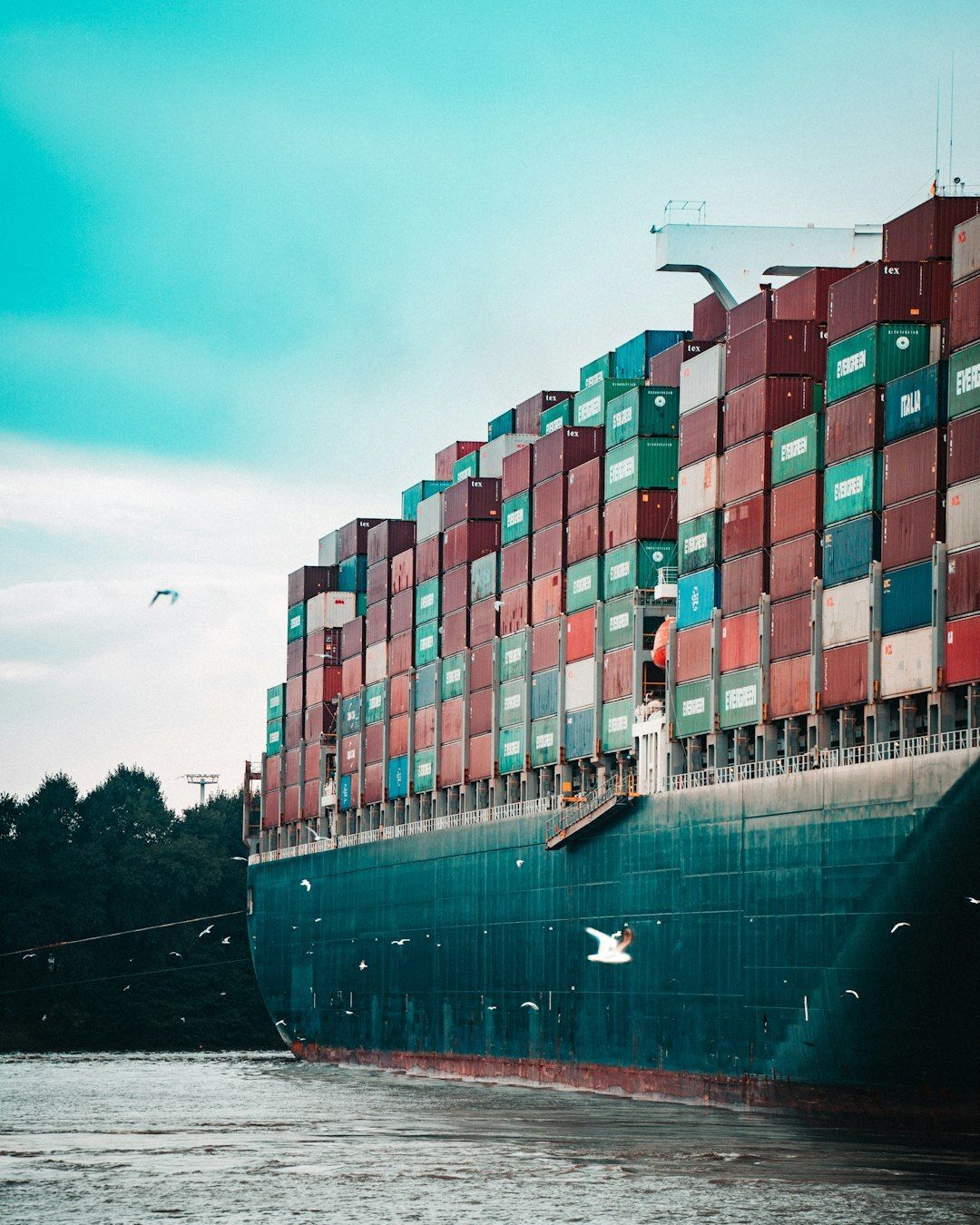No single definition can completely define the supply chain and its relationships. The definitions adopted by different institutions might align with and reflect their institutional or business goals. It is how the meaning of “supply chain” diversifies and makes it more meaningful and understandable.
Gosupplychains.com compiles the definition of modern supply chain as—
“a set of processes that interlink the producing, forwarding, and consuming entities in multidimensional paths of information, materials, and finances.”
1. The APICS Dictionary 18th Edition
The network of suppliers that deliver products from raw materials to end customers through either an engineered or transactional flow of information, goods, and money.
2.
A supply chain is a coordinated network that includes all the companies, facilities, and business activities involved in sourcing, developing, manufacturing, and delivering products.
3.
A supply chain is a complex logistics system that consists of facilities that convert raw materials into finished products and distribute them to end consumers or end customers.

Photo by Mika Baumeister on Unsplash
Supply chain management deals with the flow of goods in distribution channels within the supply chain in the most efficient manner.
4.
A supply chain is a network that connects various companies and individuals in the process of creating and delivering a product to consumers, starting with raw materials and ending with order fulfillment.
5. Supply Chain Management Glossary - August 2013
Council of Supply Chain Management Professionals (CSCMP)
The material and informational interchanges in the logistical process stretching from acquisition of raw materials to delivery of finished products to the end user. All vendors, service providers and customers are links in the supply chain.
Supply chain management encompasses the planning and management of all activities involved in sourcing and procurement, conversion, and all logistics management activities.
6.
Linked set of resources and processes between multiple tiers of developers that begins with the sourcing of products and services and extends through the design, development, manufacturing, processing, handling, and delivery of products and services to the acquirer.
7.
The total sequence of business processes, within single or multiple enterprise environments, which enable customer demand for a product or service to be satisfied.
8.
The system of people and things that are involved in getting a product from the place where it is made to the person who buys it.
9.
A supply chain is the activities required to deliver goods or services to the consumer.
10.
A supply chain is the network of all the individuals, organizations, resources, activities, and technology involved in the creation and sale of a product.
What is Supply Chain Management?

The design, planning, execution, control, and monitoring of supply chain activities with the objective of creating net value, building a competitive infrastructure, leveraging worldwide logistics, synchronizing supply with demand, and measuring performance globally.
Supply chain management is the coordination of all activities involved in producing and delivering a product or service.
Supply chain management represents the overview and optimization of physical and digital supply chains, from raw material suppliers to the end consumer.
11.
The supply chain refers to all the functions and business processes that aim to optimise the flow of goods, information and funds from the purchase of raw materials through to the delivery of the finished product to consumers.
12.
A supply chain refers to an interconnected system of organizations, resources, processes, and technology involved in the production and delivery of a finished product to the end user.
13.
The chain of processes, businesses, etc., by which a commodity is produced and distributed: the companies, materials, and systems involved in manufacturing and delivering goods.
14.
A supply chain refers to a system, or network, between companies and their suppliers to produce and distribute products or services to consumers.
15.
A supply chain is a connected system of organizations, activities, information, and resources designed to source, produce, and move goods from origination to a final destination—typically from a supplier to an end customer.
16.
Supply chain is a group of functions and processes focused on optimizing the flow of products, services, and related information from sources of supply to customers or points of demand.
17.
An entire system of producing and delivering a product or service, from sourcing the raw materials to the final delivery of the product or service to end users.
18.
The series of growers, manufacturers, distributors, shippers, etc., involved in producing goods of a particular kind and bringing them to market.
19.
Supply chain refers to the range of activities involved in delivering goods from their point of origin to the consumer.
20.
A supply chain is a business process used to deliver products and services to customers in an efficient and timely manner.
21.
The network of manufacturers, wholesalers, distributors, and retailers, who turn raw materials into finished goods and deliver them to consumers.

